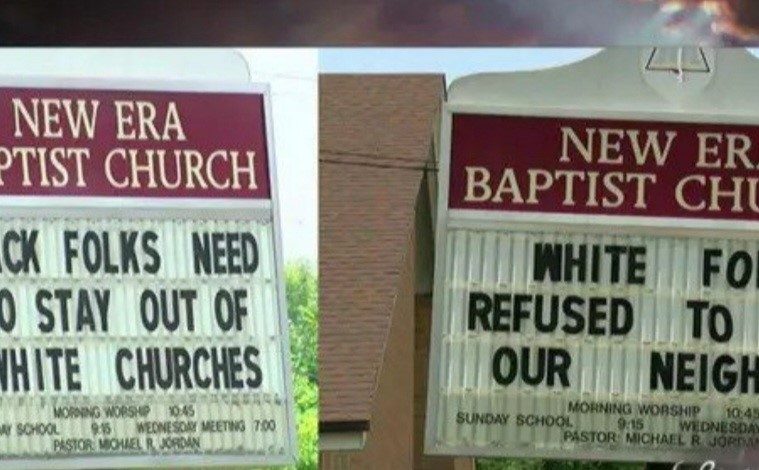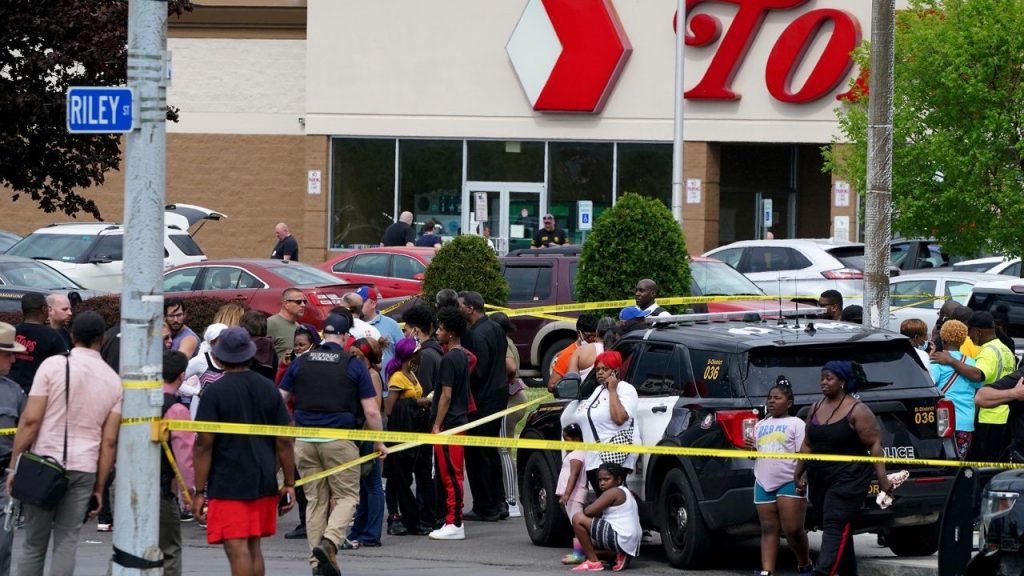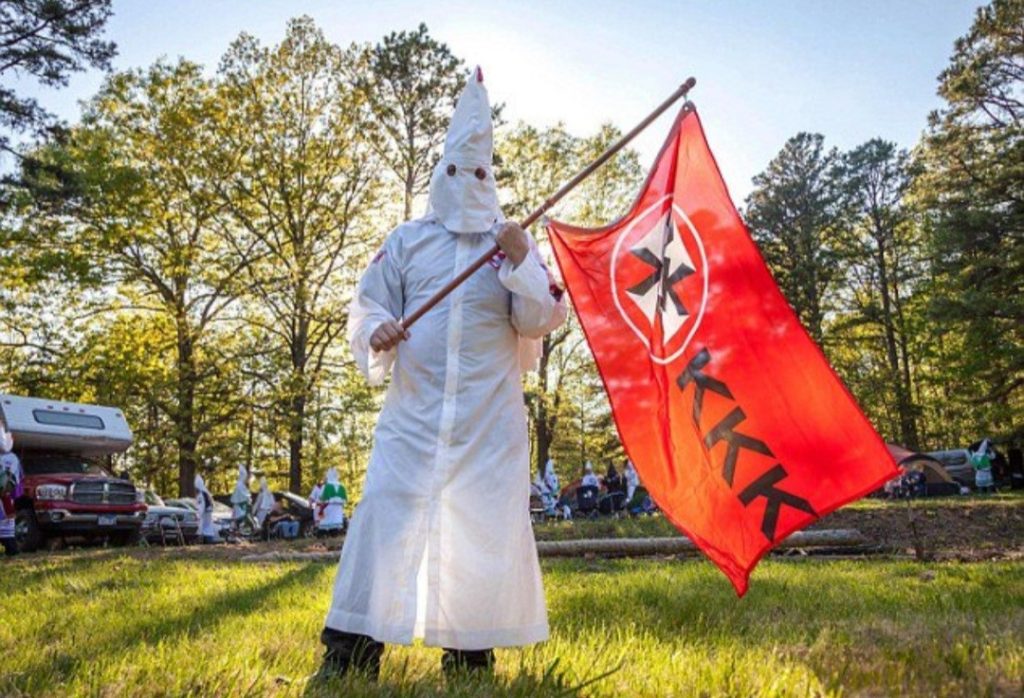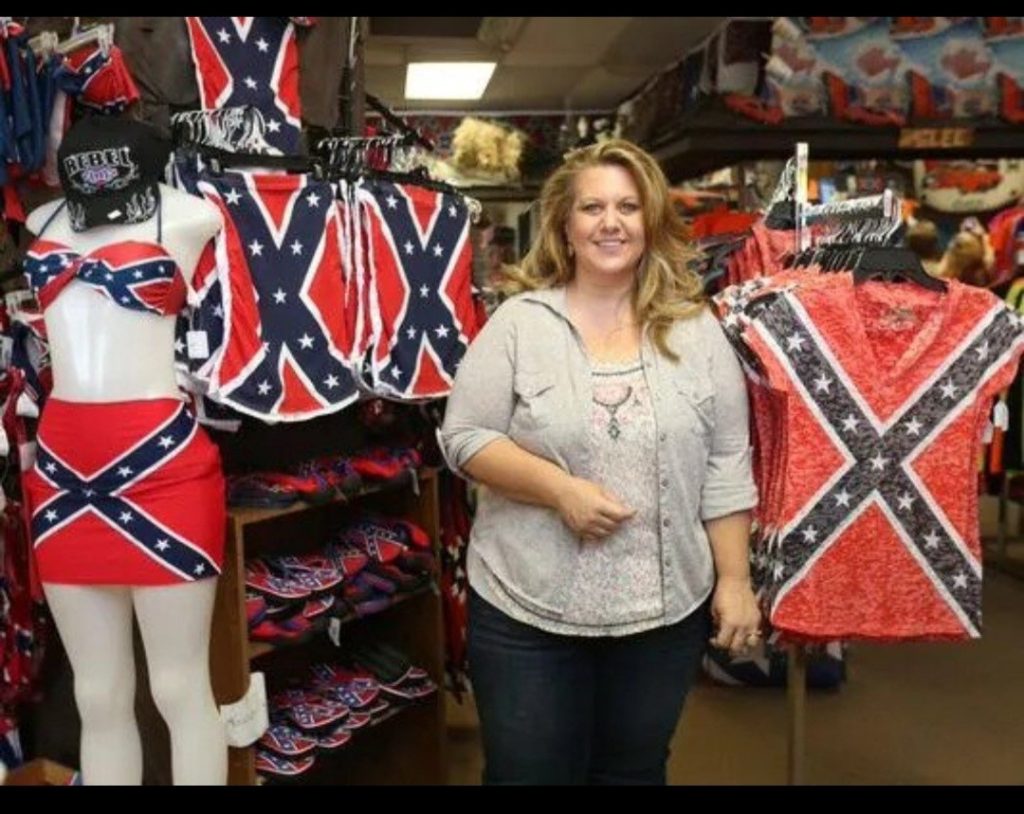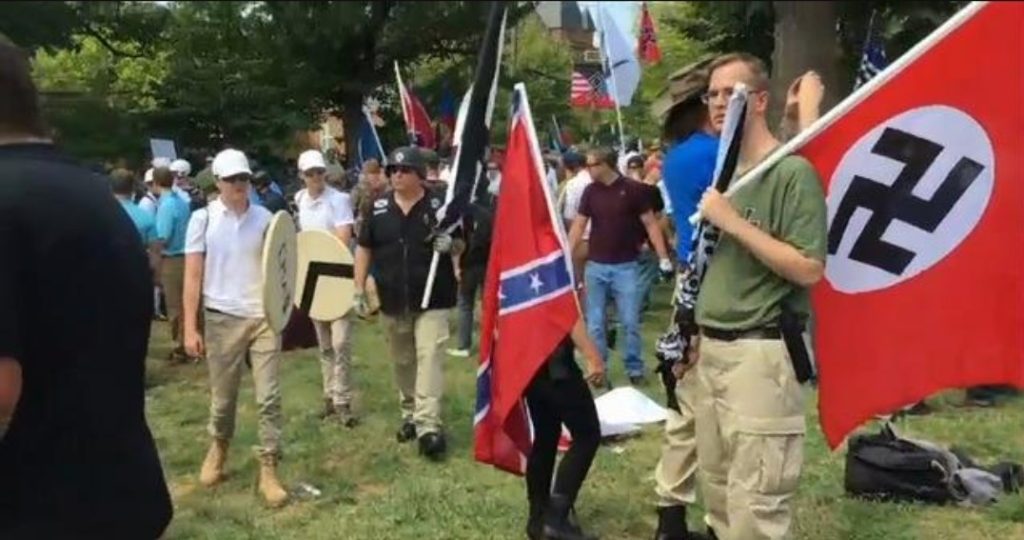Definition of sundown towns
“Sundown Towns”, also known as sunset towns, were historically racially segregated communities in the United States. These towns or neighborhoods had informal or even formal policies and practices that excluded people of certain racial or ethnic backgrounds, primarily African Americans, but sometimes also other minority groups, from residing within their borders after sundown. The term “sundown” referred to the unwritten rule that” Niggers ” or other minority ethnic groups were expected to leave the town or city by sunset, and the consequences for violating this rule could range from harassment and violence to death.
The origins and purpose of “Sundown Towns” in the United States can be traced back to the period of intense racial segregation and discrimination known as the Jim Crow era, which spanned roughly from the late 19th century through the mid-20th century. Here’s a brief background on their origins and purpose:
Background
The origins and purpose of “Sundown Towns” in the United States can be traced back to the period of intense racial segregation and discrimination known as the Jim Crow era, which spanned roughly from the late 19th century through the mid-20th century.
“Sundown Towns” were a specific manifestation of racial segregation, designed to maintain homogenous white communities by excluding people of other racial or ethnic backgrounds, particularly African Americans. The primary purpose of these towns was to enforce racial purity and to create an environment where white residents could live without any interaction with or proximity to Black individuals. These towns used intimidation, threats, and sometimes violence to enforce their unwritten rules that people of color should leave Town before Sundown.
Beginnings
“Sundown Towns” began to emerge in significant numbers in the late 18th century, around the 1890s, and reached their peak between 1910 and 1940. This period corresponds to the heart of the Jim Crow era, a time when racial segregation and discrimination were deeply entrenched in various aspects of American life. During this period, “Sundown Towns” spread like wildfire across the United States, particularly in the Midwest, the South, and other regions.
End Results
- Rise of Racial Hostility
- Great Migrations
- Racial Violence
- Urbanization and Industrialization
- Enforcement of Jim Crow Laws
Long after the end of slavery these towns are likened to the furnace and fuel that keep racism burning in America until this day. Hence, the current acts of mass shootings by whites from these towns traveling to areas where they know they can kill the most blacks.

A white shooter with racist beliefs killed three Black people at this Dollar General store in Jacksonville, Fla., last week.- Sunday, Aug. 27, 2023
After a racist mass shooter murdered three Black people in Jacksonville last month, the city’s African-American sheriff, T.K. Waters was heartened by a personal phone call from President Joe Biden, who pledged his full support and even buttered Waters up.
“White supremacy is our biggest terrorist threat,” Biden said, a warning the president has repeatedly issued.
In “Sundown Towns”, there was often an unwritten but widely understood expectation that all white residents were expected to participate in maintaining racial segregation and enforcing the rule that Black individuals and other minorities should leave town before sunset. While not every white resident may have actively engaged in discriminatory practices, there was often a collective responsibility among white communities to uphold these policies and norms. Several factors contributed to this required participation:
● Social Pressure
● Economic Interests
● Fear of Retaliation
● Racial Ideologies
● Local Authorities
● Racial Solidarity
It’s essential to recognize that not all white individuals in “Sundown Towns” supported these discriminatory practices, and there were instances of resistance and activism against segregation to which they paid the penalty. Every white is not your opposition the same as every colored person is not your friend “just because.”
This is why citizens of African descent worldwide need to understand that Pan-Africanism is a socio-political and cultural movement that emerged in the late 19th and early 20th centuries, with the aim of promoting unity, solidarity, and self-determination among people of African descent, both on the African continent and in the African diaspora. It encompasses a range of ideologies, strategies, and goals, but at its core, Pan-Africanism seeks to combat colonialism, racial discrimination, and oppression while advocating for African and African diasporic self-empowerment.
Pan-Africanism has had a profound impact on the course of history, influencing political movements, cultural expressions, and the struggle for equality and self-determination for people of African descent worldwide. While it encompasses a range of perspectives and strategies, its core principles of unity, solidarity, and empowerment remain central to the ongoing fight against racial and social injustices.
Tactics Used to Force Black Individuals
- Threats and Intimidation
- Violence and Lynching
- Employment Discrimination
- Property Ownership Restrictions
- Inadequate Public Services
- Curfews and Legal Restrictions
- Social Isolation
- Economic Boycotts
- Rumors and Hearsay
Many may see these towns as no threat and backwards “Hills Have Eyes” types. We need to realize how much power and influence these “Sundown Towns” really hold and how many Soldiers, Politicians and Lawmakers are produced by these towns until this day.
Impacts Still Felt Today
- Residential Segregation
- Education
- Economic Disparities
- Wealth Gap
- Criminal Justice System
- Healthcare Disparities
- Psychological and Social Impact
- Political Disenfranchisement
Basically, “Sundown Towns” represent one of the most explicit forms of racial segregation and exclusion in American history. The prevalence of “Sundown Towns” across the country shows the widespread acceptance of racism and segregation among white Americans, not just a fringe ideology. “Sundown Towns” are often located right near black communities and neighborhoods, underscoring how segregation was consciously created through boundaries and borders, not accidental separation. “Sundown Towns” contributed to geographic divides in access to jobs, education, healthcare and other services along racial lines, entrenching systemic racism that remains today. Their impact compounded over time.
It’s important to recognize that while legal changes have made significant strides in dismantling segregation and discrimination, addressing the enduring scars and disparities requires ongoing efforts at multiple levels of society. This includes policies and initiatives aimed at reducing disparities in education, healthcare, criminal justice, housing, and economic opportunities, as well as fostering a broader understanding of the historical context and legacy of racial discrimination in the United States.
Notable Sundown Towns
Anna, Illinois – Had signs that read “Nigger, Don’t Let the Sun Set on You Here”
Darien, Connecticut – Harassed African Americans who stayed in town overnight
Vernon, Indiana – Passed laws banning African Americans after dark
Hawthorne, California – Sundown town with history of KKK activity
Rogue River, Oregon – Had a sign warning blacks not to be in town after dark
Anna, Ohio – White supremacist town with KKK ties
Polk County, Tennessee – Whites used violence to keep blacks from owning land
Louisville, Kentucky – Racial curfew laws targeted black residents
Rogers, Arkansas – All-white town that excluded blacks with violence
Comanche County, Texas – Blacks were driven out and murdered by white mobs
Forsyth County, Georgia – Forced removal of black residents in early 20th century
Dearborn, Michigan – Known sundown suburb of Detroit
Glendale, Ohio – Kicked out black residents and had “no niggers allowed” signs
Deerfield, Illinois – All-white suburb of Chicago that excluded blacks
Cicero, Illinois – Long history of excluding African Americans
Edina, Missouri – Drove out black residents when it incorporated in 1894
Levittown, Pennsylvania – The Levittown community, one of the first planned suburban developments in the U.S., initially had policies that excluded Black residents. It was not until the 1960s that these policies began to change, as a result of legal challenges and protests.
Harrison, Arkansas – Harrison, Arkansas, has faced scrutiny in recent years due to its association with white supremacist groups. While not a classic sundown town, its racial demographics have been a source of controversy and tension.
Corvallis, Oregon – Sundown town practices existed in Oregon, a state that was not part of the Confederacy but still had its own history of racial discrimination.
Loveland, Colorado – Sundown town practices were not limited to the South, as evidenced by Loveland’s history of racial exclusion.
In summary, sundown towns represent a significant and dark chapter in the history of segregation in America. They provide insights into the systemic racism of the past and offer important lessons for addressing racial disparities and promoting social justice in the present and future.
Yet and still we keep an active and up to date database on these “Sundown Towns” as they are still existent and very relevant till this day.
Sundown Towns By State: Sundown Towns by State – History and Social Justice (tougaloo.ed
Help keep this up to date. It will save lives. Black Lives. They Do Matter!!
Regardless of what they say!!


